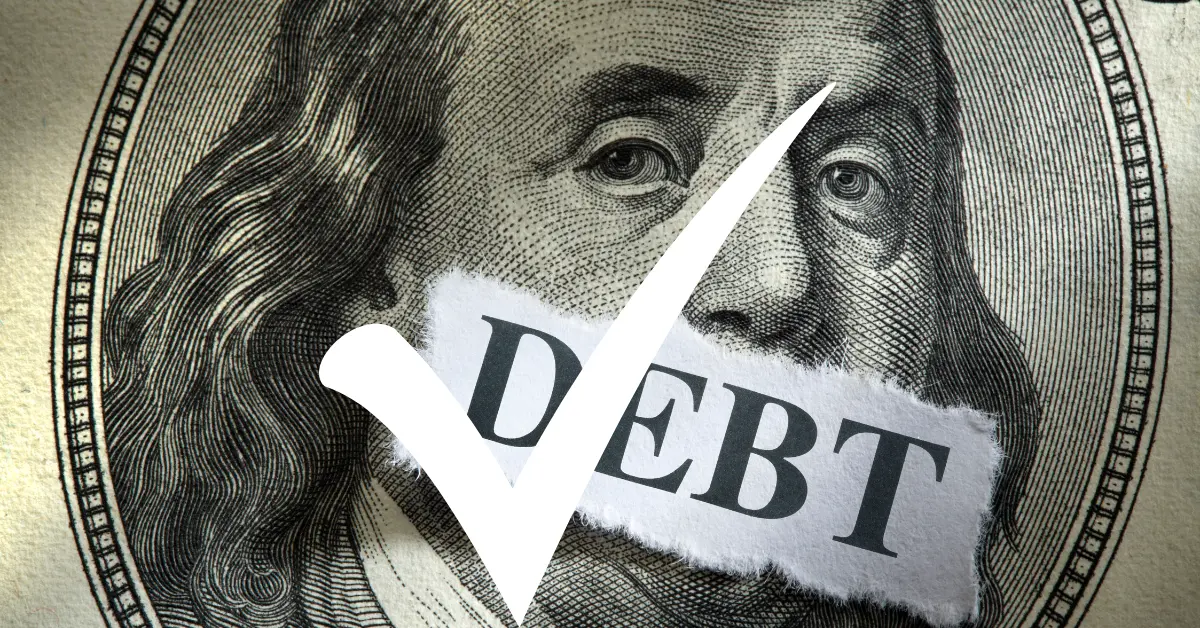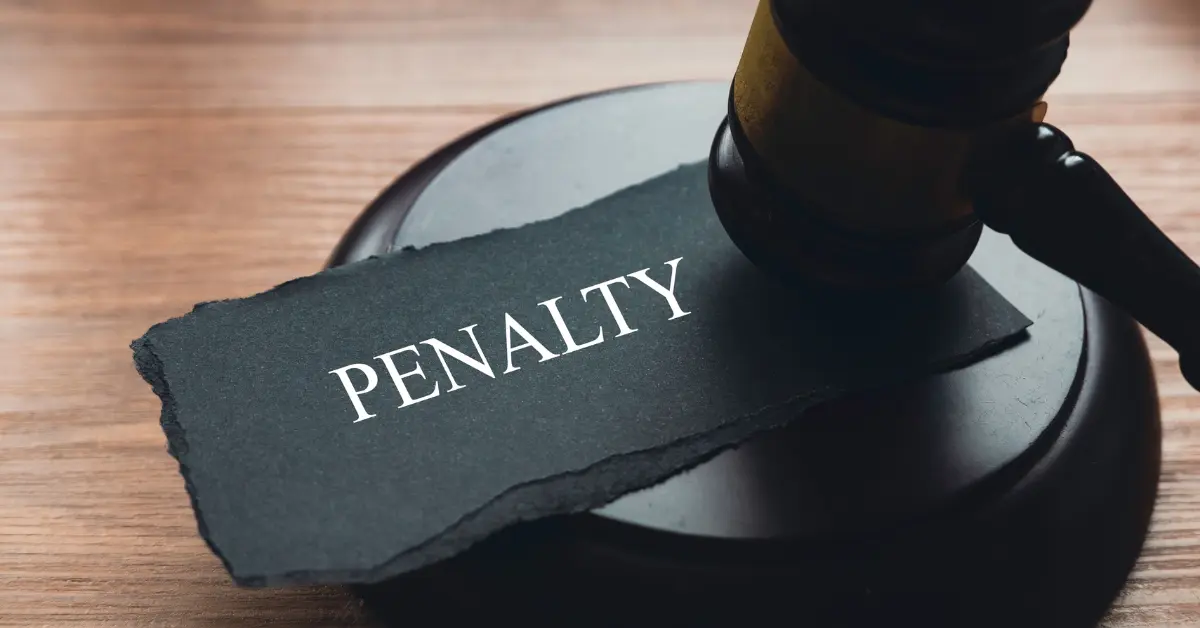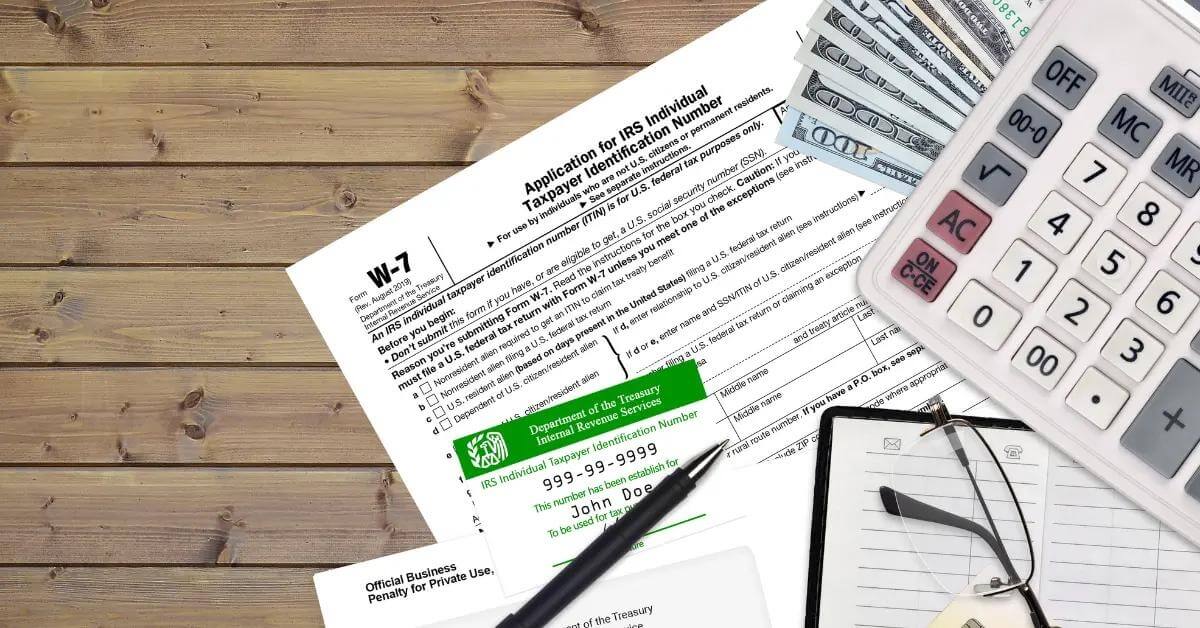Receiving a CP2000 notice from the Internal Revenue Service (IRS) can be a stressful and overwhelming experience for any taxpayer. This notice, also known as an underreported inquiry, is sent when the information reported on your tax return doesn’t match the data the IRS has received from third-party sources, such as employers or financial institutions.
If you’ve found yourself in this situation, it’s crucial to understand what a CP2000 notice entails, how to respond to it effectively, and the potential consequences of not addressing the issue promptly. In this blog post, we’ll guide you through the key aspects of dealing with a CP2000 notice and provide valuable insights to help you navigate this challenging process with confidence.
Key Takeaways:
- CP2000 notice is sent when reported income doesn’t match IRS records, proposing a tax change.
- Review notice, gather documents, determine accuracy, and respond by deadline (usually 30 days).
- If you agree, pay additional taxes owed; if not, explain discrepancies with supporting evidence.
- Amend tax return if needed using Form 1040-X; avoid future notices by updating W-4 and reporting all income.
- Seek help from the IRS or professional tax advisor for complex issues or guidance through the process.
Understanding the Purpose of a CP2000 Notice
A CP2000 sounds very space-age but has been around forever. The purpose of the CP2000 is to propose a tax change. Typically, a CP2000 shows up when income reported from third-party sources (like your employer) does not match what you entered on your tax return. For example, if your Form W-2 indicates that you earned $25,000 in wages, but you reported $24,000 on your Form 1040, you’d likely receive a CP2000. It’s important to read the notice carefully because it provides instructions about what to do next. A CP2000 is generated by the IRS Automated Underreporter Program when income reported from third-party sources such as an employer does not match the income reported on the tax return. It walks you through step-by-step on what your next moves should be, whether you’re nodding along in agreement or shaking your head because you think they’ve got it all wrong about the extra tax. A CP2000 is a notice commonly mailed to taxpayers through the United States Postal Service.Reasons for Receiving a CP2000 Notice
Common reasons for receiving a CP2000 notice include not reporting income from all sources, such as wages, interest, dividends, pensions, or self-employment income. The IRS receives information from third parties like employers and financial institutions, and if the amounts reported don’t match what’s on your tax return, it may trigger a CP2000 notice. You may also receive a CP2000 letter when the IRS detects a discrepancy between the crypto income you reported on your Form 1040 and the amounts reported to the IRS by crypto exchanges.How to Respond to a CP2000 Notice
Before responding to the letter, first, make sure the letter is legitimate and not a scam. Check if there are any spelling errors. Make sure your personal identification information is accurate. When you receive a CP2000 notice from the IRS, it’s essential to respond promptly and accurately. Here are some steps to help you effectively address the situation:1. Review the notice carefully
Thoroughly read the CP2000 notice to understand the discrepancies the IRS has identified between your tax return and the information they have received from third-party sources.2. Gather relevant documents
Collect all the necessary documentation, such as W-2s, 1099s, and other income records, to support your case and verify the information on your tax return.3. Determine if the IRS is correct
Compare the information in the notice with your records to determine if the IRS’s assessment is accurate. If you agree with their findings, follow the instructions in the notice to pay any additional taxes, interest, and penalties due.4. Respond within the deadline
If you disagree with the IRS’s assessment, prepare a written response explaining why you believe their information is incorrect. Include supporting documentation and send your response within the specified deadline, typically 30 days from the date of the notice.5. Consider seeking professional help
If you’re unsure about how to proceed or if the tax issues are complex, consider consulting a tax professional, such as a CPA or tax attorney, who can guide you through the process and help you craft an appropriate response.6. Keep copies of all correspondence
Maintain records of all communication with the IRS, including copies of your response and any supporting documents you provide.7. Follow up
After submitting your response, follow up with the IRS to ensure they have received your correspondence and to check on the status of your case.Payment Options for CP2000 Notices
You can make your payment by mailing a check to the “United States Treasury” if the taxpayer agrees additional tax is owed. Or, if taxpayers are unable to pay, it provides instructions for payment options such as installment payments.Making a Direct Payment
If you agree with the proposed changes on the CP2000 and owe additional tax, you can make a direct payment using the Electronic Federal Tax Payment System (EFTPS), by credit or debit card, or by mailing a check or money order. Be sure to follow the instructions on the notice for proper payment application.Amending Your Tax Return After a CP2000 Notice
If you realize you need to make corrections to your original tax return after receiving a CP2000, you may need to file an amended return using Form 1040-X. This is necessary if you have additional income, deductions, or credits to report that were not included on your original return.Steps to Amend Your Tax Return
Ready to amend your return? Here’s what you need to do:- Gather all necessary documentation. Don’t leave anything out.
- Fill out Form 1040-X, making sure to explain the changes you’re making and why. Be thorough.
- Include any new or corrected forms or schedules. Double-check everything.
- Mail the amended return to the address provided in the instructions. No e-filing here, sorry.
- Allow up to 16 weeks for processing. Patience is a virtue.








